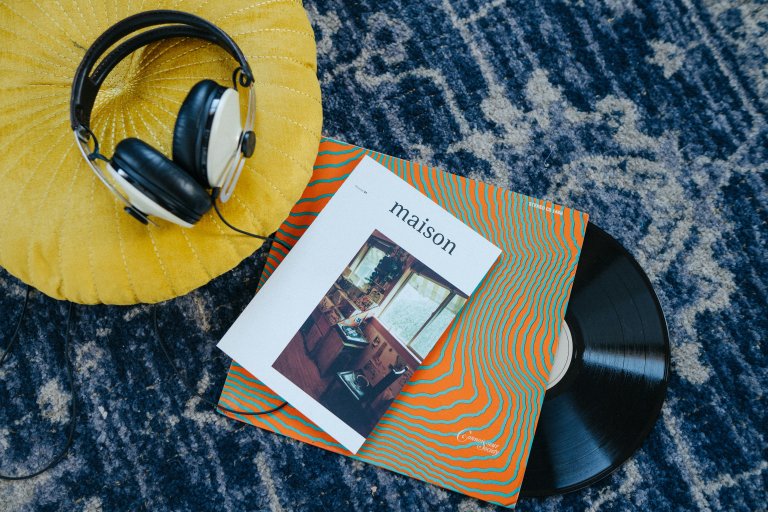Lights and Home Improvement:
Introduction:
Lighting plays a crucial role in creating the right ambiance and enhancing the overall look of our homes. Not only does it provide illumination, but it also adds to the aesthetic appeal of the space. With advancements in technology, there is now an array of lighting options available for homeowners to choose from to improve their homes. In this article, we will discuss the different types of lights and how they can be used for home improvement.
The Different Types of Lights for Home Improvement:
1. Natural Light:
The most sustainable source of light is natural light. It not only brightens up the space but also has a positive impact on our mood. Utilizing natural light effectively in our homes can significantly improve the overall look and feel of the space. Large windows, skylights, and glass doors are some ways to incorporate more natural light into our homes.
2. Ambient Lighting:
Ambient lighting is the general lighting that provides a comfortable level of brightness to a room. It can be achieved through ceiling lights, chandeliers, or wall sconces. It is an essential aspect of home improvement as it sets the mood and enhances the overall ambiance of the space.
3. Task Lighting:
Task lighting is designed to provide focused and concentrated light on a specific area where tasks such as reading, cooking, or working are performed. It can be in the form of table lamps, under-cabinet lighting, or pendant lights. Utilizing task lighting effectively can help improve the functionality and efficiency of the space.
4. Accent Lighting:
Accent lighting is used to highlight specific features or objects in a room, such as artwork, sculptures, or architectural details. It adds depth and dimension to a space, creating a focal point. Accent lighting can be achieved through track lights, spotlights, or wall washers.
How Can Lights Improve Your Home?
Now that we have discussed the different types of lights let’s look at how they can be used effectively for home improvement:
1. Enhance the Aesthetic Appeal:
The right lighting can significantly impact the overall look of a room. By using different types of lights, you can create a layered lighting effect, which adds depth, dimension, and character to the space. For instance, using ambient lighting, task lighting, and accent lighting in a living room can create a warm and inviting atmosphere, making it a more comfortable space to relax in.
2. Create Different Moods:
Lights have the power to change the ambiance of a room, which can ultimately influence our mood. Depending on the type of light used, you can create a bright and energetic atmosphere or a cozy and intimate one. For instance, using warm-toned lights can create a calm and relaxed ambiance, perfect for unwinding after a long day.
3. Improve Functionality:
Task lighting, as the name suggests, is specifically designed to enhance the functionality of a space. By adding task lighting in areas where activities such as cooking, reading, or working are performed, you can improve the efficiency and accuracy of these tasks. This, in turn, makes the space more functional and practical.
4. Highlight and Accentuate Features:
Accent lighting can be a great way to showcase your home’s unique features. By directing light towards specific areas or objects, you can draw attention to them, making them stand out. This can be especially useful if you have any architectural details or artwork that you want to highlight.
Tips for Using Lights for Home Improvement:
1. Use a Combination of Lights:
As mentioned earlier, using different types of lights is essential to create a layered lighting effect. Instead of relying on one type of light, try to incorporate a combination of ambient, task, and accent lighting to achieve the desired results.
2. Use Dimmer Switches:
Installing dimmer switches can be an excellent way to control the intensity of the light in a room. This can help create different moods and atmospheres, depending on the occasion and time of day.
3. Consider Energy-Efficient Options:
With energy conservation becoming a global concern, it is crucial to consider energy-efficient lighting options for your home. LED lights, for instance, consume less energy and last longer, making them a cost-effective and sustainable choice.
4. Experiment with Different Light Fixtures:
Don’t be afraid to experiment with different light fixtures to add character and personality to your home. From vintage chandeliers to modern pendant lights, there are numerous options available that can help improve the look and feel of your space.
Conclusion:
In conclusion, lighting plays a vital role in home improvement. By understanding the different types of lights and how they can be used effectively, you can transform your home into a more welcoming, functional, and aesthetically pleasing space. So, go ahead and experiment with lights to enhance the overall look and feel of your home.









